Not every one of these threequel classics is in 3-D, and that’s really a failing of society.
October is defined in Webster’s Dictionary as “31 days of horror.” Don’t bother looking it up; it’s true. Most people take that to mean highlighting one horror movie a day, but here at FSR, we’ve taken that up a spooky notch or nine by celebrating each day with a top ten list. This article about the most thrilling horror threequels is part of our ongoing series 31 Days of Horror Lists.
The third time is never the charm. At least if we’re comparing charms. Jaws 3–D is not better than Jaws. Alien 3 is an embarrassment when placed next to Alien. Yet, threequels are not nearly as awful as their reputation sometimes suggests, and in the horror genre, several third chapters simply kick ass.
Surviving the third film is often where a franchise solidifies itself. Delivering a quality Part III and Parts IX and X could be a foregone conclusion. Your franchise is heading to space, baby!
The Boo Crew, Rob Hunter, Anna Swanson, Chris Coffel, Jacob Trussell, Valerie Ettenhofer, Meg Shields, and yours truly, poured over the horror movie landscape and selected the best number threes it has to offer. Some of what you’ll find below are those flicks that cemented their respective franchises. A few others listed are the odd ducks, those movies that don’t quite fit the rest but provide something uniquely intriguing. Each movie deserves revisitation.
10. Friday the 13th Part III (1982)
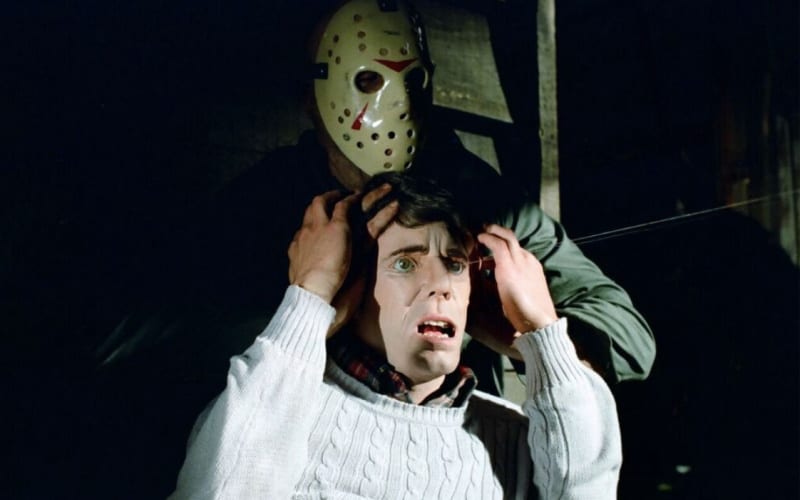
Friday the 13th: Part III is by no means the epitome of the slasher genre or even the franchise it belongs to, but it earns points for being the first in the series to truly have some fun with its premise. From the film’s literally eye-popping 3D elements to its assemblage of silly supporting characters, it’s a movie that knows how to have a good time. A biker gang, a pair of bickering married locals, and a guy who simply will not stop doing handstands are among Jason’s victims this time around, and for once, we’re rooting for the killer.
Aside from its more endearingly goofy elements, Friday the 13th: Part III is actually essential to the ongoing Jason Voorhees lore. The slasher icon borrows an outfit that he’ll wear for the next several movies from Harold, the donut-eating store owner he kills at the film’s beginning. He also dons his famous hockey mask for the first time ever in this movie, taking it from Sheldon (Larry Zerner) after slitting the prankster’s throat in one last bad joke. (Valerie Ettenhofer)
9. Return of the Living Dead III (1993)

The main throughline for the horror-comedy series Return of the Living Dead is the chemical Trioxin. If the series name wasn’t a giveaway, the chemical turns people into unstoppable undead killing machines. But it isn’t until the third film that we discover why Trioxin was developed. Apparently, it was meant to be a bioweapon to fight in a war. What war, you ask? Oh, you know, the war on marijuana. That revelation shows that, by the third film, the ROTLD series had lost none of its fun, satirical bite. But director Brian Yuzna injects the series with added dimension by angling the film’s story on a doomed teenage romance. It gives the story a quality not dissimilar to the tragic themes Yuzna played with in Bride of Re-Animator, another film about a man trying to bring his love back to life with some rapidly diminishing returns. Return of the Living Dead III is a silly romp filled with delightfully over-the-top effects and an unexpectedly striking final shot, but it’s the intention and weight that Yuzna gives his central romance that has made the film a fan favorite and inarguably the second-best film in this series. (Jacob Trussell)
8. Psycho III (1986)
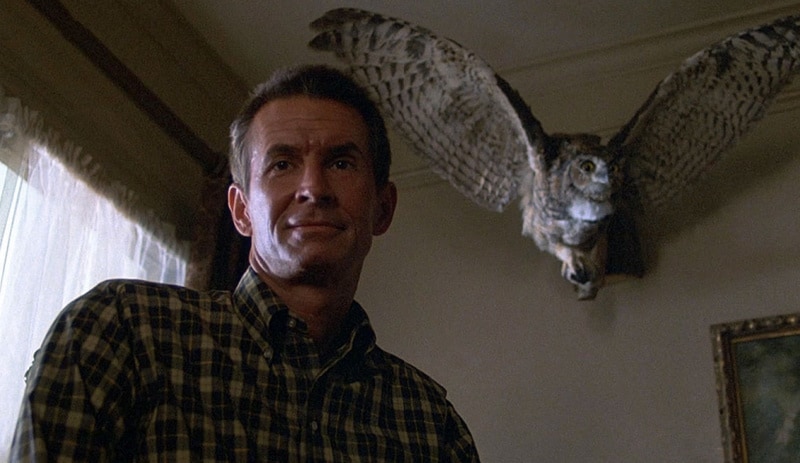
Psycho II is a damn masterpiece, pulling off what many would call sacrilegious, a Hitchcock sequel nearly as brilliant as the original. Psycho III is not a masterpiece. Surprisingly, director and star Anthony Perkins supplies a fairly basic slasher story. It’s the eighties gore movie you would have thought Part II was gonna be. That being said, what separates Psycho III from other slashers of its era is how much it places the audience inside the mind of its killer. We never get to know what Michael Myers or Jason Voorhees are thinking. We do know, very much so, the agony in which Norman Bates is marching through each day. After Psycho II‘s tragic events, Bates is trapped in the role society damned him to in the first film. He is the monster we made him. At least he’s charming, unlike that jerkwad Jeff Fahey. (Brad Gullickson)
7. Leatherface: Texas Chainsaw Massacre III (1990)
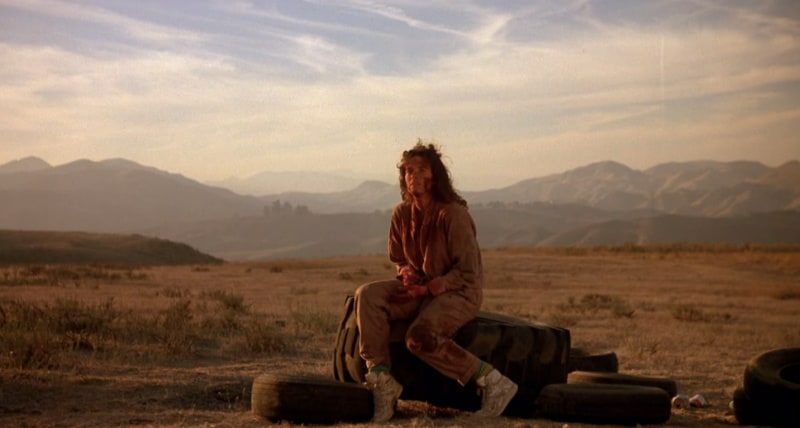
A Texas Chainsaw Massacre movie is only as good as its hitchhiker character. For Leatherface: Texas Chainsaw Massacre III, that role belongs to Viggo Mortensen, now goin’ by the name “Tex.” At the time of the film’s release, he was an unknown, but in hindsight, yo, that’s Aragorn slingin’ slaughter with his bro Leatherface. That right there makes this threequel a must-watch as Mortensen savagely devours the scenery, seemingly having the time of his life as the psychotic cannibal family member. The movie itself lacks the dangerous energy of the previous films, but director Jeff Burr still knows how to sell a violent bit of action. And the screenplay comes from splatterpunk author David J. Schow, who delivers the gory goods. (Brad Gullickson)
6. Army of Darkness (1992)
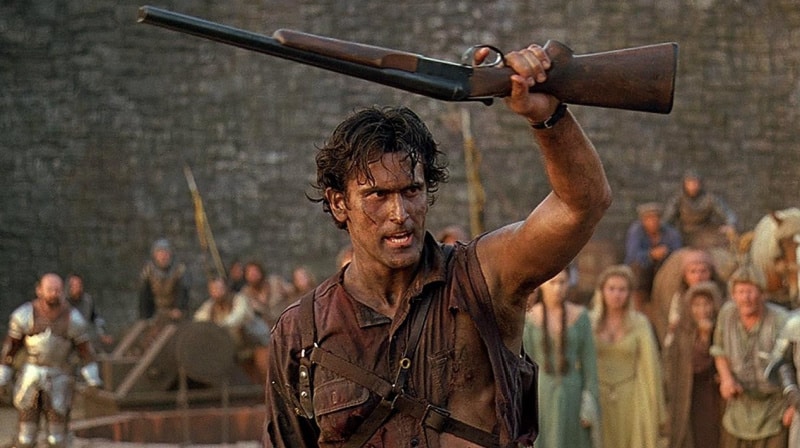
In Sam Raimi‘s exciting conclusion to the original Evil Dead trilogy, Bruce Campbell introduces a bunch of primitive screwheads to his boomstick. Picking up right where the second film left off, Ash is sent back in time to fight off hordes of the medieval dead. The Three Stooges-inspired slapstick horror comedy of the previous entry is expanded into a massive period piece heavily influenced by the likes of Ray Harryhausen with the use of some wildly fun Introvision effects. The larger scope does mean more trouble for our beloved hero. If you thought Ash fighting his own hand was a good time, wait until you see him do battle with an evil doppelganger growing out of his shoulder. To make matters worse, not only is Evil Ash evil, but he’s an even bigger wise-ass than Ash! Raimi and Campbell treat audiences to a wonderful time in the perfect bow on the original Evil Dead trilogy. (Chris Coffel)
5. Final Destination 3 (2006)

I’m gonna say something slightly controversial here: Final Destination 3 isn’t just an incredible threequel. It’s the best of its franchise. The first film is brilliant for the central idea it proposes, and the plane crash is indeed terrifying. The second ups the ante with Rube Goldberg machines of death and is much meaner. But the third film — with an iconic roller coaster set piece, a fantastic lead performance from scream queen Mary Elizabeth Winstead, and the most compelling reason I’ve ever seen to avoid tanning salons — is where the franchise hits its peak. It’s brutal, fun, and packed with deaths that stick with you. Once again, triples are best. (Anna Swanson)
4. Day of the Dead (1985)
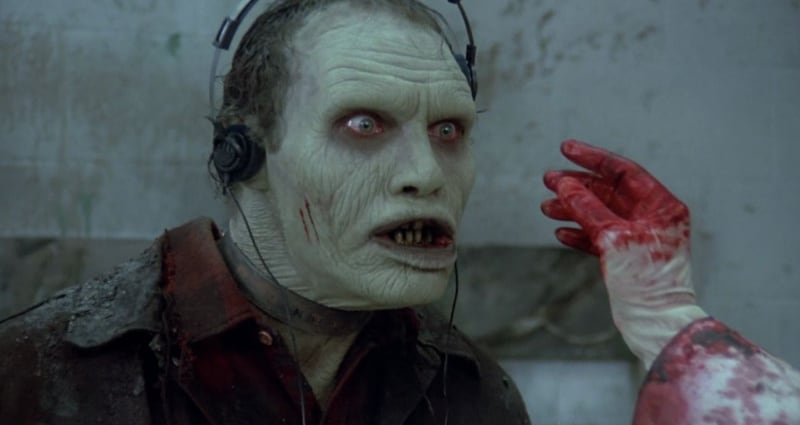
George Romero’s “Living Dead” films are a testament to the man’s interests, skillset, and the market’s unfortunate pigeonholing of creatives. While Night of the Living Dead is revered as a groundbreaking classic and Dawn of the Dead is held high as a sharp and gory commentary, Romero’s third entry is often dismissed as an also-ran. Screw that noise. Day of the Dead is actually my favorite of the franchise. From Tom Savini’s brilliant gore effects to John Harrison’s highly listenable score to a fantastic mix of characters you root for and others you despise, this remains a stellar horror film commenting on military/scientific overreach while still delivering a gut-munching good time. (Rob Hunter)
3. Halloween III: Season of the Witch (1982)
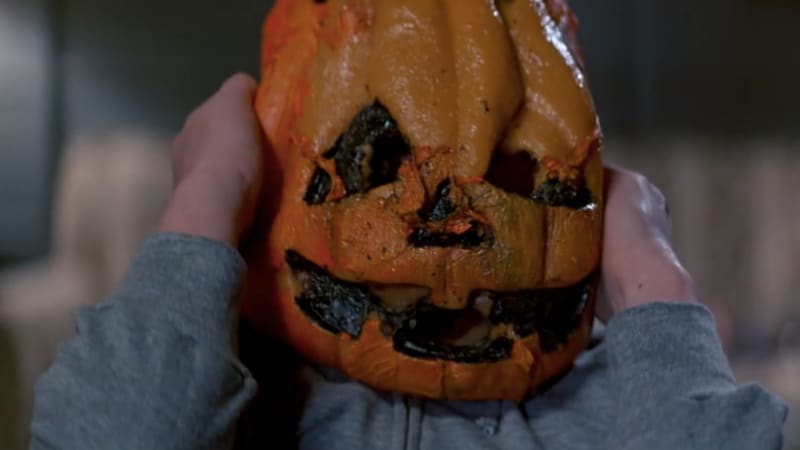
When is a threequel not a threequel? When it’s Halloween III: Season of the Witch. Producers John Carpenter and Debra Hill couldn’t imagine where they could take the Michael Myers storyline after killing the Shape and Loomis in the previous film. However, as Twilight Zone and Outer Limits fanatics, they could conceive a world where the Halloween franchise became an anthology series. So, for Part III, they ditched their boogeyman and attempted to find a new one in Conal Cochran (Dan O’Herlihy). The horror community at the time was not ready, but over the years, a cult has formulated around Season of the Witch. The movie is extra goopy and gross, moving the violence mostly implied in the earlier films and pushing it toward grotesque heights. Tom Atkins is no Jamie Lee Curtis, but he’s a noirish, somewhat brutish doctor determined to halt a heathen apocalypse. His wide-eyed disgust toward the film’s many revelations seems utterly appropriate, and he’s easy to root for even when he seems totally out of his element. (Brad Gullickson)
2. Nightmare on Elm Street 3: Dream Warriors (1987)
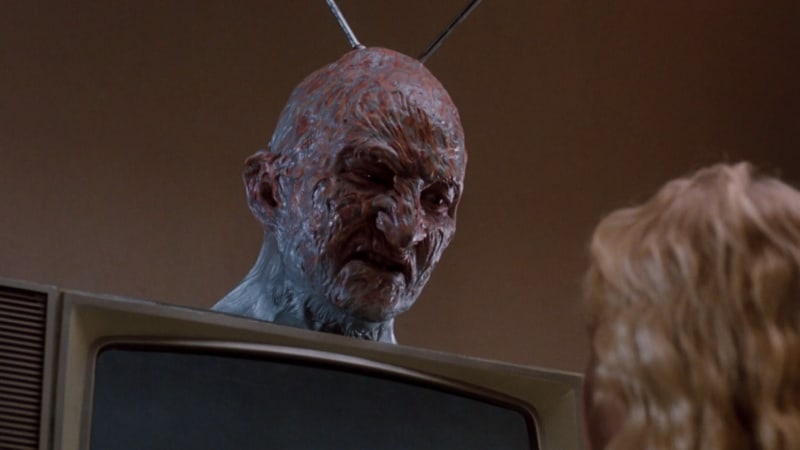
Even if you’re a Freddy’s Revenge apologist, you must admit that Dream Warriors is a hell of a comeback. Not only does this threequel see the return of one of (if not the best) final girls in horror history (Heather Langenkamp), but we’re also introduced to a new mechanic that keeps the nightmare-invading format fresh and freaky: lucid dreaming. Sometime after the events of the first film, Nancy (Langenkamp) has put her own traumatic past to good use by entering the medical field to help teens with sleep disorders. When the patients at a psychiatric institution start to die under suspicious circumstances, Nancy realizes that her old, dream-hopping nemesis is back. Directed by the great Chuck Russell (who helmed The Blob remake the following year), Dream Warriors outclasses its peers with a charming ensemble cast of teens and adults alike (hello Laurence Fishburne and Craig Wasson!) while also bringing a masterful balance of psychiatric trauma and cheeky wit. Matching and at times surpassing the creativity of the original, if you’re going to watch a Nightmare sequel, this threequel is an absolute dream. (Meg Shields)
1. The Exorcist III (1990)
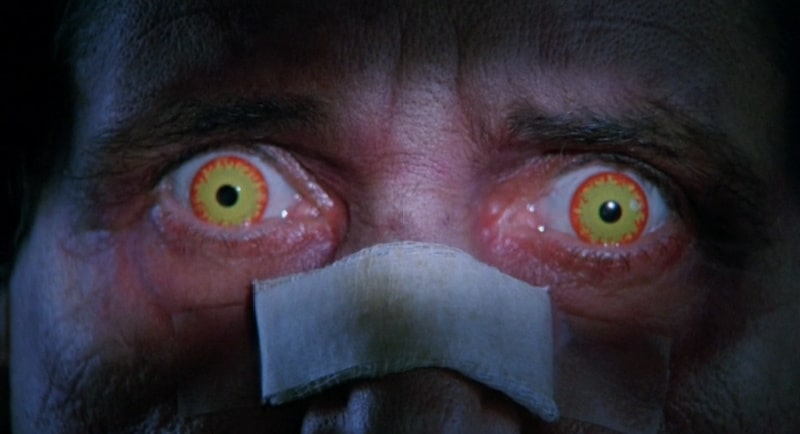
Set seventeen years after Regan MacNeil’s exorcism, police detective William F. Kinderman (now played by George C. Scott) investigates a series of murders that share commonalities with the work of an executed serial killer. His trail eventually leads to a psychiatric hospital where the previously thought deceased Father Karras is alive… sorta. Through him, “The Master” works.
William Peter Blatty originally conceived the story that would become The Exorcist III as a sequel for William Friedkin to direct. However, when Billy left the project, Blatty turned the script into the novel Legion, published in 1983. Years later, Morgan Creek Productions acquired the rights and set Blatty up as director. The studio and Blatty fought tooth and nail toward the end, and the director was forced to add a last-minute exorcism sequence, but the final result is a brutally imaginative and terrifying exercise. (Brad)


